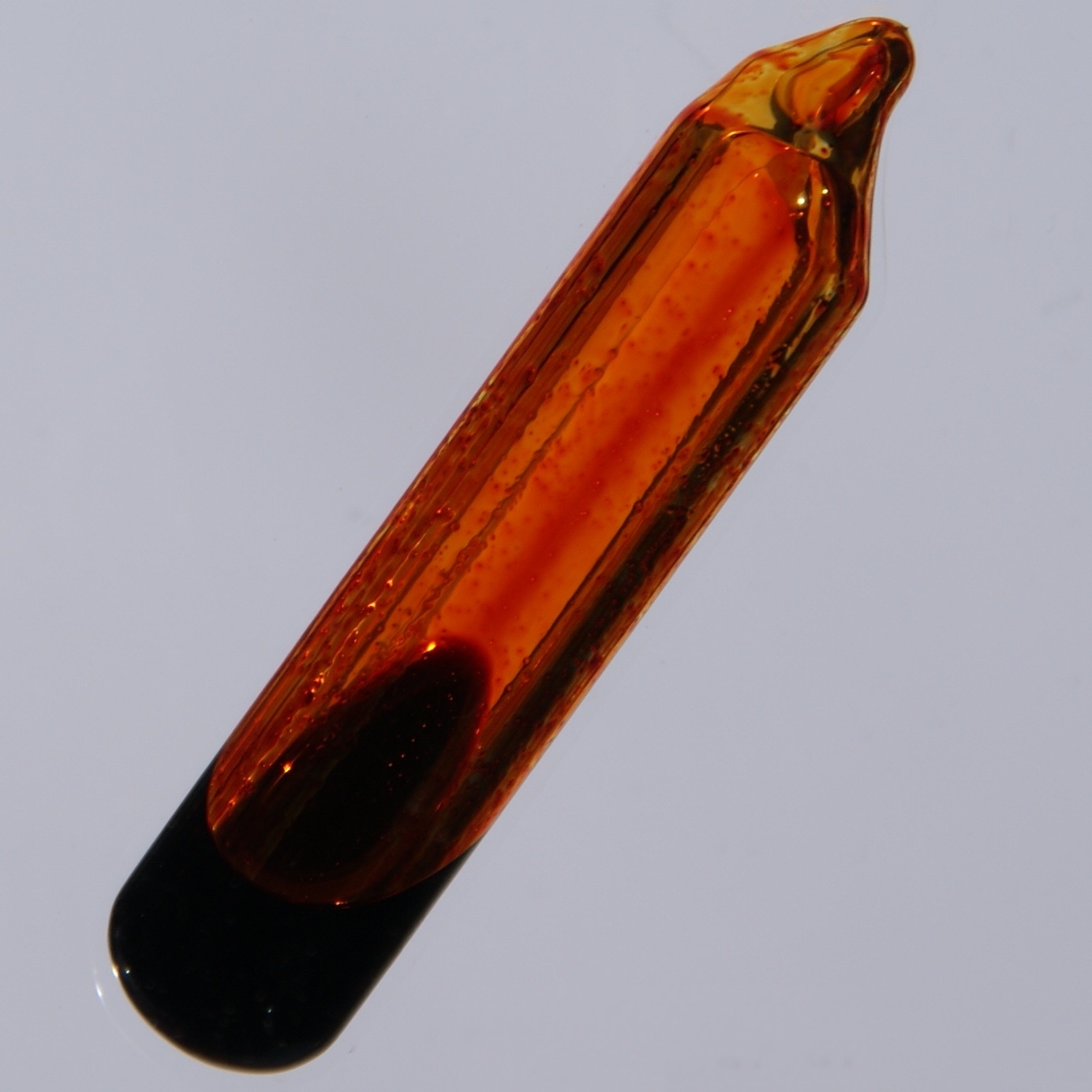Usually, the colums of the periodic table are used to define families. The inert gases are all located in the far right column of the table.
Families
- Alkali Metals
They are found in group 1 of the periodic table:
- Highly reactive metals that do not occur freely in nature.
- These metals have only one electron in their outer shell. Therefore, they are ready to lose that one electron in ionic bonding with other elements.
- Malleable, ductile, good conductors of heat and electricity.
- Softer than most other metals.
 |
| Sodium |
They are found in group 2 of the periodic table:
- Same properties as alkali metals but an ionization number of +2, making them very reactive, but less reactive than the alkali metals.
 |
| Magnesium |
- Transition elements are ductile and malleable, they conduct electricity and heat.
- Their valence electrons are present in more than one shell. This is why they often exhibit several common oxidation states
 |
| Gold |
- Non-metallic elements are found in group 17 of the periodic table.
- All halogens have 7 electrons in their outer shells, giving them an ionization number of -1.
 |
| Bromine |
- Group 18 of the periodic table.
- Ionization number of 0. This prevents them from forming compounds readily.
- All noble gases have 8 electrons in their outer shells, making them stable.

- Lanthanide and Actinide series
- All of them are found in group 3 of the periodic table, 6th and 7th periods.
- most of them are man-made (synthetic)
- Same properties as other metals






0 comments:
Post a Comment